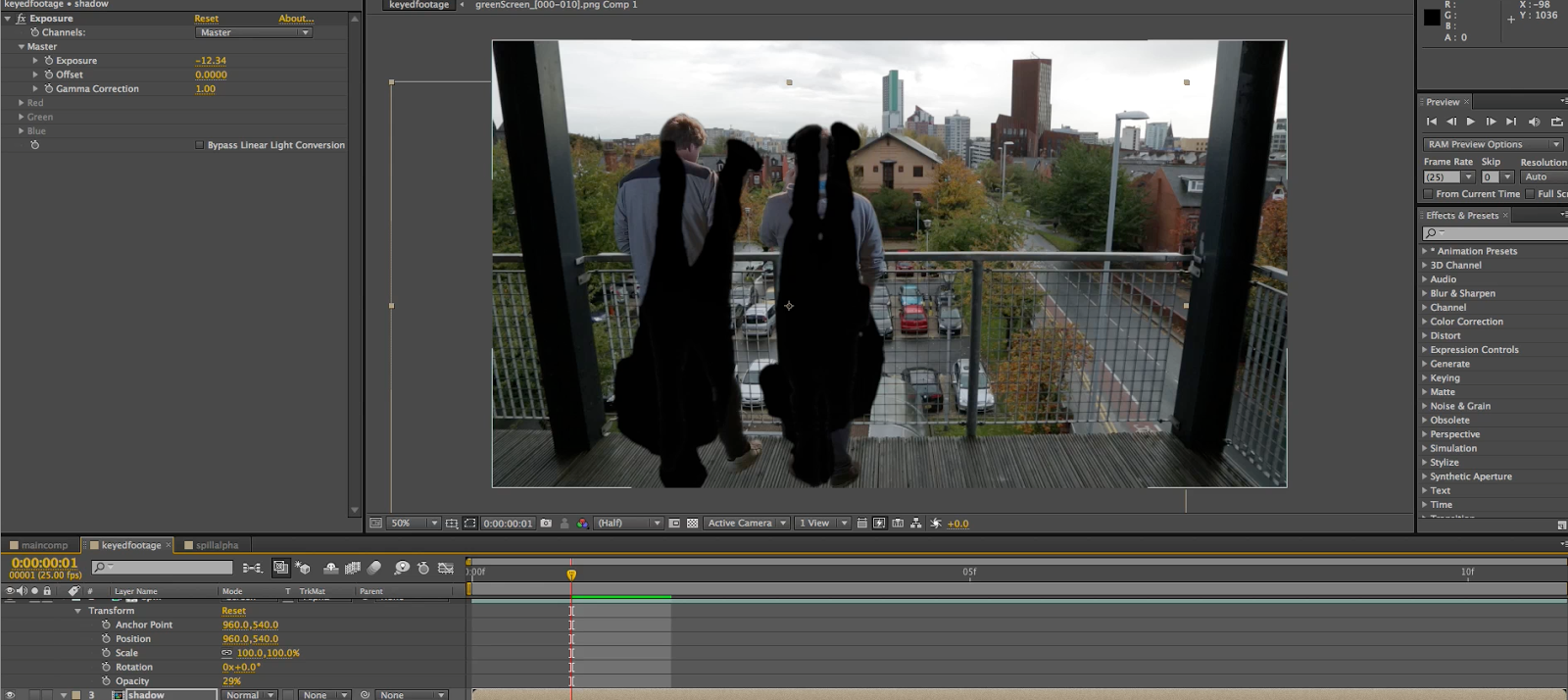I took some stills of one of the scenes from my storyboard as you can see below.
The type of lighting I wanted was contrast lighting with a reddish/orange tint to it to give that nighttime at home look, plus it would enhance the shadows more. After viewing the test scenes shot, I realised that the orange/red colour did not help express the theme I want and hopefully when I do my final shoot in the evening the lighting will be better.
We tried out two lighting set ups, one was the scene being lit from the corridor and the other from behind the camera so the light poured over a wider area.
With only one crew member and a dolly track being used, my final filming time won't take longer than 3 hours including set up and take down which works out well.
The first image below is the light being lit from behind the camera, I think I decided at the end of the day that this worked better as long as you couldn't see the camera's shadow. I did figure a way to stop that, I had the light stand at a high height which also increased the surface area the light hit. The only problem was that it did not light the bathroom light which I really wanted to be the brightest in the scene.
Image no. 2 was very dark and I may not use that and in image no. 3 you can see the light edges as the I had the scene lit from the corridor and the width of the corridor was small so the light stand couldn't be placed in a position that stopped it from happening.
I had the aperture value at f= 8.0 because this allowed just enough light to be received without it being overly bright. At a f=11, the scene was too dark and not enough was being received, also throughout the day having the value at 8.0 worked with most scenes.
 |
| 1 |
 |
| 2 |
 |
| 3 |
In terms of lighting, I feel it works well because the bathroom light stands out the most and this scene happens after the character is preparing to go to sleep by turning off all the lights in the flat and comes back to find out that the bathroom light has turned it self on. Image no. 8 works best. There is no extra lighting in these images so for this scene I won't need any light and the bathroom window won't be shining as bright because I hope to shoot this sometime after 3pm because it gets dark early.
 |
| 4 |
 |
| 5 |
 |
| 6 |
 |
| 7 |
 |
| 8 Works well the most |












































